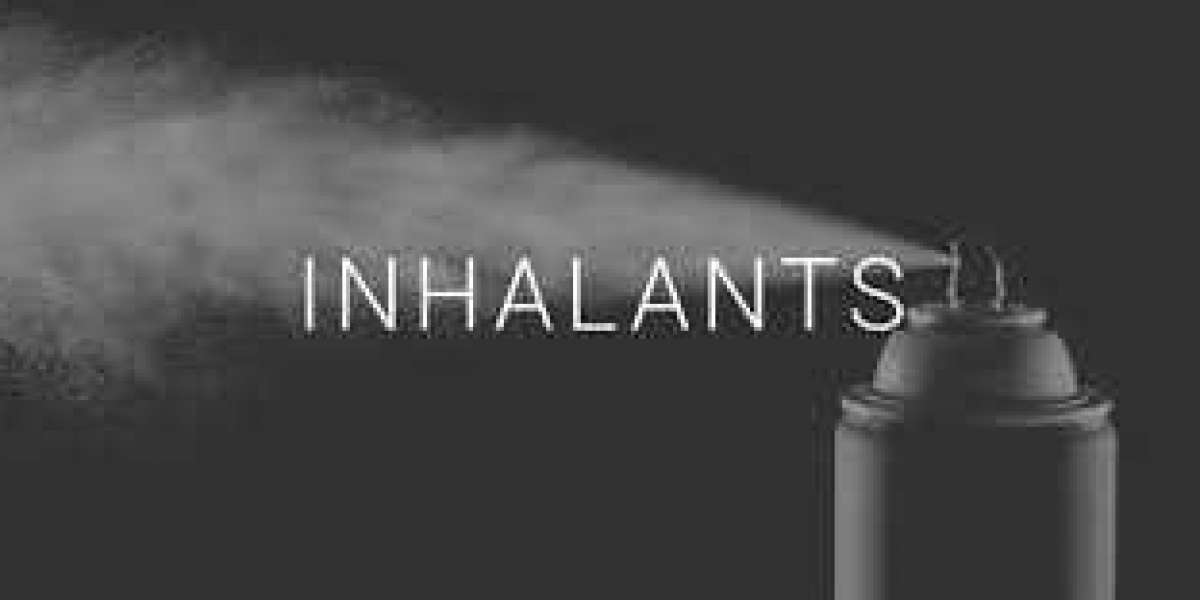We've all heard the news about Inhalants, but what exactly are they? This article will provide an overview of these highly addictive substances and how they can cause harm to the brain. Some of the most common types of inhalants are ecstasy, methamphetamine, and snorting. Here are some common symptoms of inhalant abuse, and how to identify a potential problem.
Inhalants are widely abused
Inhalant abuse has several implications for health. Most often, it is associated with poor family support, poor school performance, and social exclusion. It is particularly prevalent among at-risk youth, who are also more likely to be school dropouts, homeless, or Aboriginal. Furthermore, the prevalence of inhalant abuse is greater in rural and isolated communities, where family support and school performance are poor. As such, prevention strategies should address the social determinants of health, including peer pressure.
Inhalants are a growing concern in third-world countries, where they are commonly used to treat hunger pains. They are widely available and cheap, and they are generally fatal before victims can complain. Because they are nonspecific, inhalants are often abused without knowing that they are harmful. Inhalants can cause a range of acute effects, including heart problems, liver damage, and gastrointestinal problems. They can also trigger severe hallucinations and can impair cognitive functioning.
They are addictive
Inhalants are addictive and can lead to psychosis if misused frequently. The causes of psychosis vary, but they are often genetic or psychological. A program must address both of these issues, and have a physician on staff who can prescribe medications as needed. Treatment for inhalant abuse can include therapy to identify psychological triggers and help an addict learn new coping mechanisms to cope with stressful situations. Therapy may also help an addict learn how to deal with the stress of life, which may reduce future cravings.
Inhalant abuse can be dangerous even after a single use, as people who misuse them can suffer severe physical withdrawal symptoms. Withdrawal symptoms may include tremors, insomnia, vomiting, and increased appetite. Fortunately, inhalant addiction is rare and can be treated. While the American Psychiatric Association suggests that inhalant abuse is rare in prepubescent children and older adults, the majority of inhalant abusers are adolescents and young adults.
They can cause permanent damage to the brain
Inhalants can be harmful for your health, and they may have devastating effects on your brain. Depending on the type of inhalant you are using, inhalants can destroy the protective sheath around your nerve cells. The sheath can disrupt the ability of your nerve cells to send signals and cause muscle spasms and tremors. It can also permanently damage your ability to move and carry out actions. The symptoms of inhalant addiction can be subtle, but they are noticeable.
Animal studies have shown that many inhalants are extremely toxic and chronic exposure to them can lead to widespread damage to the nervous system. Volatile solvents, such as butane, can destroy the protective sheath around nerve fibers. This damage resembles neurological diseases such as multiple sclerosis. Other neurological conditions that can be induced by prolonged inhalant use include damage to parts of the brain that control cognition. The effects can range from mild impairment to dementia.
They can cause suffocation
Inhalants are an extremely dangerous substance that can be used for recreational purposes. It is estimated that over 20 percent of middle and high school students have abused them. This type of abuse can result in serious consequences including death or suffocation. For this reason, inhalants abuse treatment is important for both the addict and their loved ones. The Asheville Recovery Center offers several treatment options that are tailored to meet the needs of addicts.
Inhalant use develops during adolescence. It is similar to alcohol or tobacco abuse and is a natural progression from the consumption of those substances. While most teenagers give up their inhalant use before reaching adulthood, some progress to harder drugs. As an adult, inhalant abuse is more prevalent among certain professions, such as nurses, dentists, cobblers, and anesthesiologists.
They can cause social dysfunction
Preadolescents are particularly susceptible to inhalant abuse, so extra attention should be paid to prevent it. One way to detect inhalant abuse is to ask about "huffing" and "sniffing" behavior. Preadolescents should be monitored closely and social history should be thoroughly documented. Inhalant abuse is closely related to social determinants of health. Researchers recommend screening children as early as possible to prevent social dysfunction and drug abuse.








